Case Studies: Industry Suppliers Detail Their Experiences Integrating PDX

Progress can be a headache. At least, it’s understandable for a company or organization to feel that way sometimes. Promo Data eXchange (PDX) is pushing the entire industry in a more efficient direction, but it will – just like any other program – require an integration process on the part of suppliers.
- PDX is the formula behind PPAI’s mission – in collaboration with SAGE – to eliminate unnecessary phone calls and emails.
“While organizations are sometimes hesitant to integrate with new programs, PDX allows suppliers to send information to 45,000 distributors who use SAGE,” says Nick DiNicola, MAS, PPAI’s digital transformation manager.
In order to give members a better sense of the integration process, PPAI Media has collected a series of case studies from PPAI 100 suppliers who have already integrated PDX into their systems.
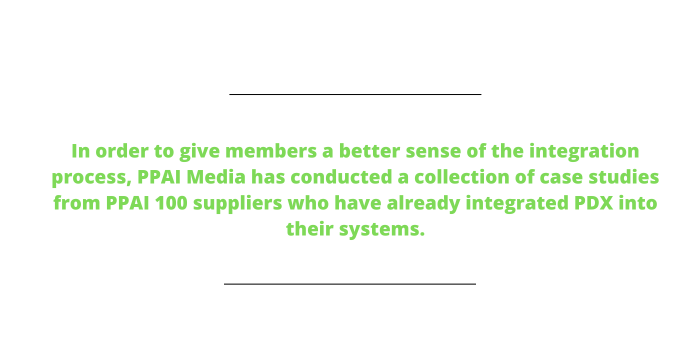
- The suppliers discuss their experiences with integration, including time commitment required and feedback from internal teams.
- The case studies also ask participants to share best practices and detail their motivation and early results from working with PDX.
“The feedback from these case studies is helpful in our evolution of PDX,” DiNicola says. “It’s great to see positive experiences with the integration process.”
- PPAI’s digital transformation team has held ongoing conversations with suppliers integrating PDX. In addition to the suppliers, PPAI’s director of digital transformation, CW Karstens, has shared several anecdotes he’s heard from suppliers.
Tuesday, PPAI Media published an “In Conversation” with distributors about PDX and what they imagine a more efficient industry looks like.
Below are findings from the PDX supplier case studies.
PPAI Media: Why did you choose to go down this path of integrating PDX?
Jeremy Holley, Vice President of Technology, HPG: We believe that PDX will complement our existing data sharing initiatives to better serve our customers. We see PDX as a way to reach a wider audience.
Paul Hirsch, CEO, HIRSCH: We want to be able to provide HIRSCH data to all our distributors no matter their size. PDX provides distributors with easy access to our data without additional development costs just by logging into SAGE.
There are upfront costs for suppliers to integrate, but we believe the benefits will justify the investment.
Jeison Ortega, Chief Technology Officer, Charles River Apparel: Our primary objective is to enhance order processing efficiency. As suppliers, a main focus for good service is on delivering accurate inventory and order status data to our customers.
CW Karstens, Director of Digital Transformation, PPAI: Suppliers have communicated with us that they believe that data automation is the way to go. Just as they look for opportunities to automate their processes, data exchange is one of the areas that they constantly work on to reduce time waste in manual data entry/look up. The primary motivation for PDX we hear is to minimize manual data entry. Integration enables them to push data across various platforms more efficiently and accurately.
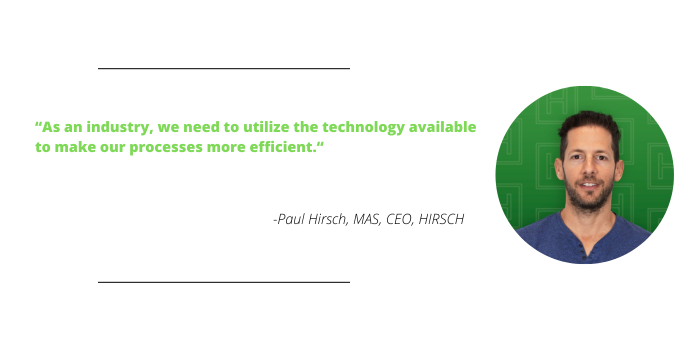
One of the goals of PDX is to reduce friction in the industry by cutting down or eliminating unnecessary phone calls and emails – at this point in your integration, can you more clearly envision a future in the industry where this outcome is possible?
Holley: We believe that PDX will reduce our call load. We believe the given time that basic calls that every supplier receives (i.e. inventory check, shipment details, etc.) will be heavily reduced but not fully disappear.
Hirsch: Yes. The flow of data between suppliers and distributors is incredibly important for the growth of our industry. Having to make calls for inventory and status updates is just a complete waste of time. As an industry, we need to utilize the technology available to make our processes more efficient.
Ortega: I am confident that integrating this system will substantially decrease WISMO (Where Is My Order?) inquiries. This reduction will enable us to reallocate resources towards more customer-centric functions, ensuring continuous and accurate access to order information for our clients.
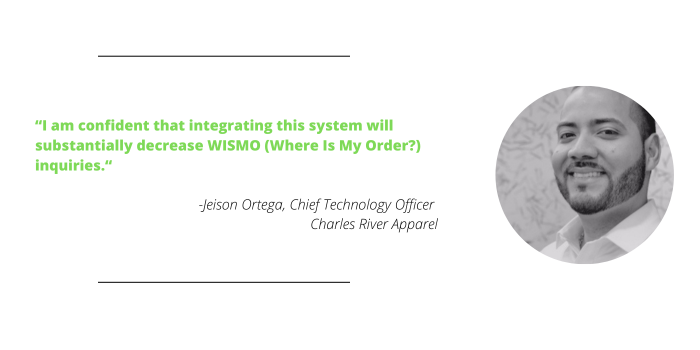
Karstens: In the past, the majority of the phone calls and emails these suppliers received were for production information and inventory check. Many distributors have learned to look for that information on the supplier’s website, on SAGE and other platforms.
Have you received feedback from your internal team or elsewhere through this process?
Holley: We are still in the implementation/early deployment stage, but the feedback we have received from our internal teams is that the data has been useful in directing customer requests.
Hirsch: Internal feedback has been positive. Our team is on board with anything we can do to be more efficient for our customers. We have seen a decrease in customer service calls regarding inventory checks since integrating with PDX and PromoStandards, which allows the team to focus more on other customer service needs.
Ortega: Charles River Apparel has achieved elite supplier status with major distributors, following several significant integrations. These distributors frequently commend us for the precision and seamless integration of our data. I believe our proficiency in automated delivery of order status and inventory information makes us a more attractive choice for distributors. This leads me to believe that distributors are more likely to engage with suppliers that offer operational information in an automated fashion.
Karstens: It is hard to say about phone/email/chat volume for many suppliers, as contact volume is also affected by growth, but we have certainly heard about a reduction in contacts that are inquiries of basic product information or inventory.
Positive feedback I’ve heard about is actually from product data teams. It is much more efficient in maintaining data on SAGE. It could take hours to add new products by manual entry to various platforms after being added to a supplier’s system. With PDX, it just takes seconds to push the data once the product is built in a database.
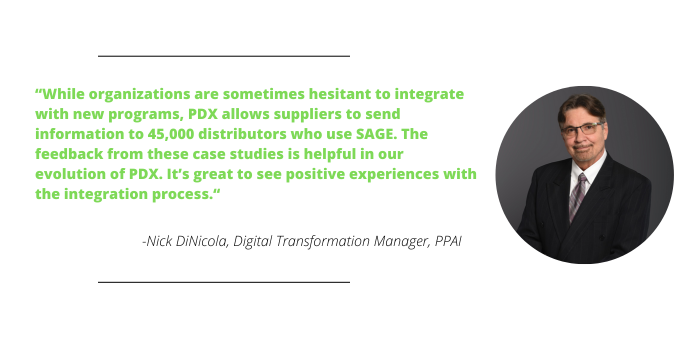
What have you found easy about the integration process?
Holley: My development team has found the integration information to be detailed, making implementation easy for them.
Hirsch: The process is very user friendly, and the instruction guide is easy to follow. Carmen [Murphey], the supplier support manager with SAGE, is a pleasure to work with and was a major source of support for our successful integration.
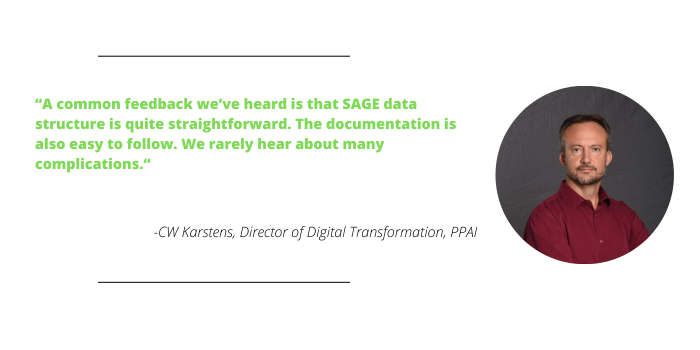
Karstens: A common feedback we’ve heard is that SAGE data structure is quite straightforward. The documentation is also easy to follow. We rarely hear about many complications. Multiple suppliers have mentioned that Carmen Murphey has been extremely helpful, always prompt in answering any questions and proactively reaching out when she sees anything that can be improved.
What challenges have you experienced and have you found ways to overcome them?
Holley: Our main challenge has been getting word out to our customers about what has been implemented and what future plans are. We have trained our CSR team on getting the message out and to “sell” the customer on using the data.
Hirsch: We haven’t run into any challenges with our integration.
Karstens: One supplier relayed that the most challenging part of integration was to think through how the data are to be mapped and to determine the process of collecting any new data required. This can be overcome by making the time to discuss with teams that collect data and work through the processes. Fortunately, the SAGE data structure is relatively straightforward.
We’re happy to say that a general manger at a PPAI 100 supplier specifically told us that, having gone through an integration process for a similar program, they found PDX to be much less challenging and noted that the other program “had a longer learning curve and more modifications needed for our data collection process” compared to PDX.
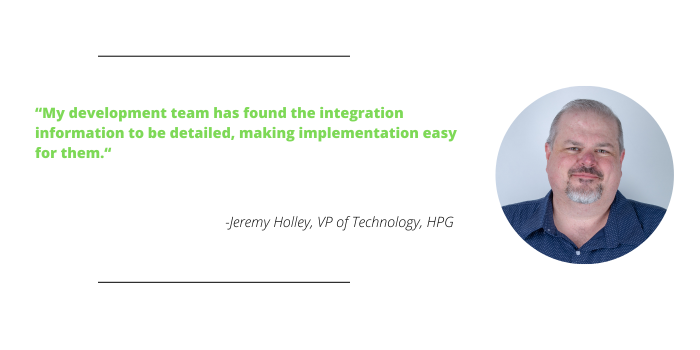
Any best practices or implementation advice you would give to other suppliers who are in this process? Perhaps something you would have done differently in hindsight?
Holley: We would advise other suppliers to have all of their data sources vetted and ready to be integrated.
In terms of resources and time commitment, how much of an investment has it been for you to pursue PDX integration? Is there a difference in your experience with order status vs. inventory availability?
Holley: We were lucky enough to have already started several initiatives that use similar data making the time investment to implement PDX on the smaller side – about four weeks and a single senior developer.
Order status was more straight forward for us, while inventory was a bit more complicated, but that is due to our environment.
Hirsch: This would depend on the setup of a supplier’s data. For suppliers that have an advanced development team it can take anywhere from a couple of days to a week to integrate.
Is there anything else you see as being beneficial to you through integration?
Ortega: Order process elements like shipment notifications, status updates, inventory and invoicing have long been areas of focus, I anticipate invoicing gaining prominence due to an increase in ACH payments in the post pandemic era.

